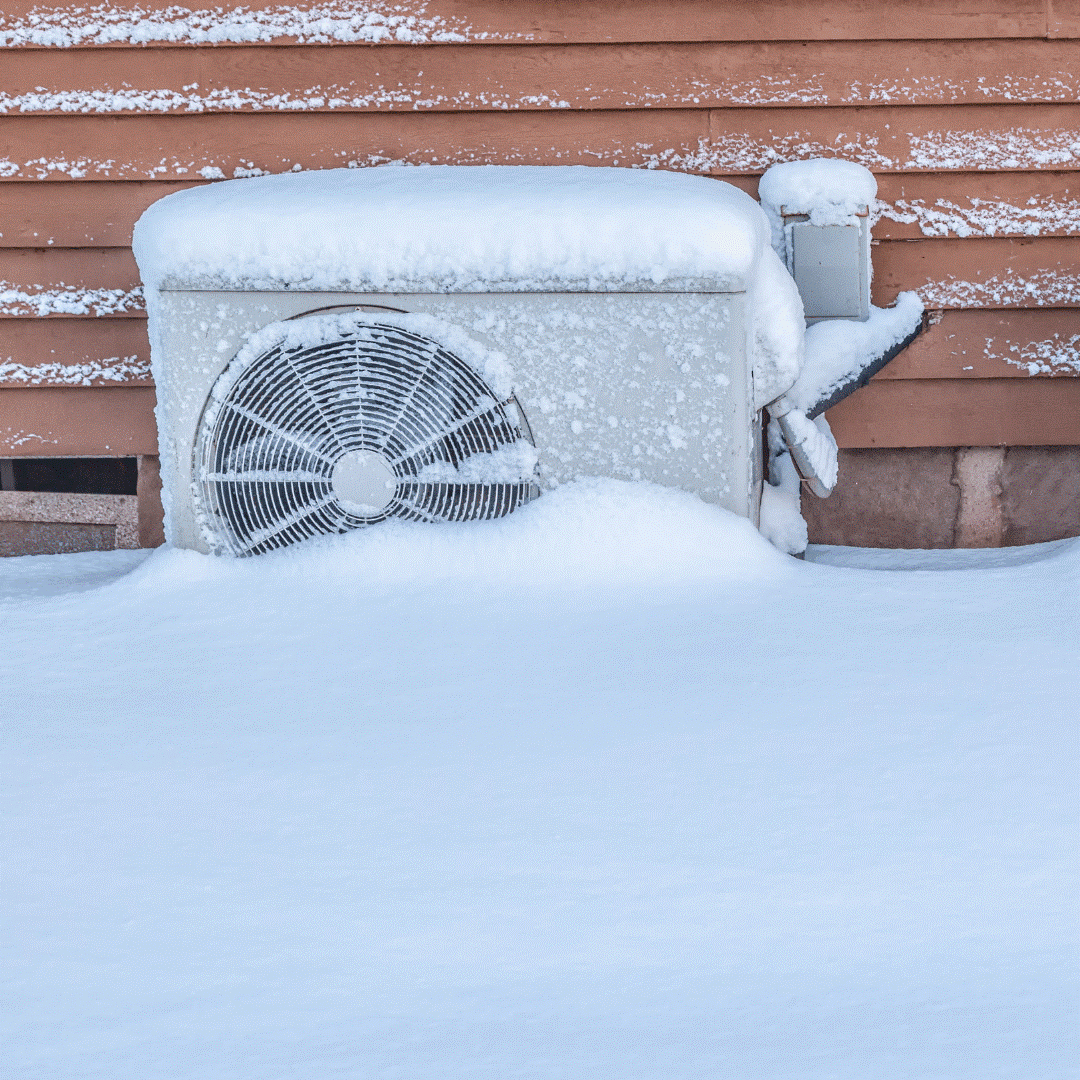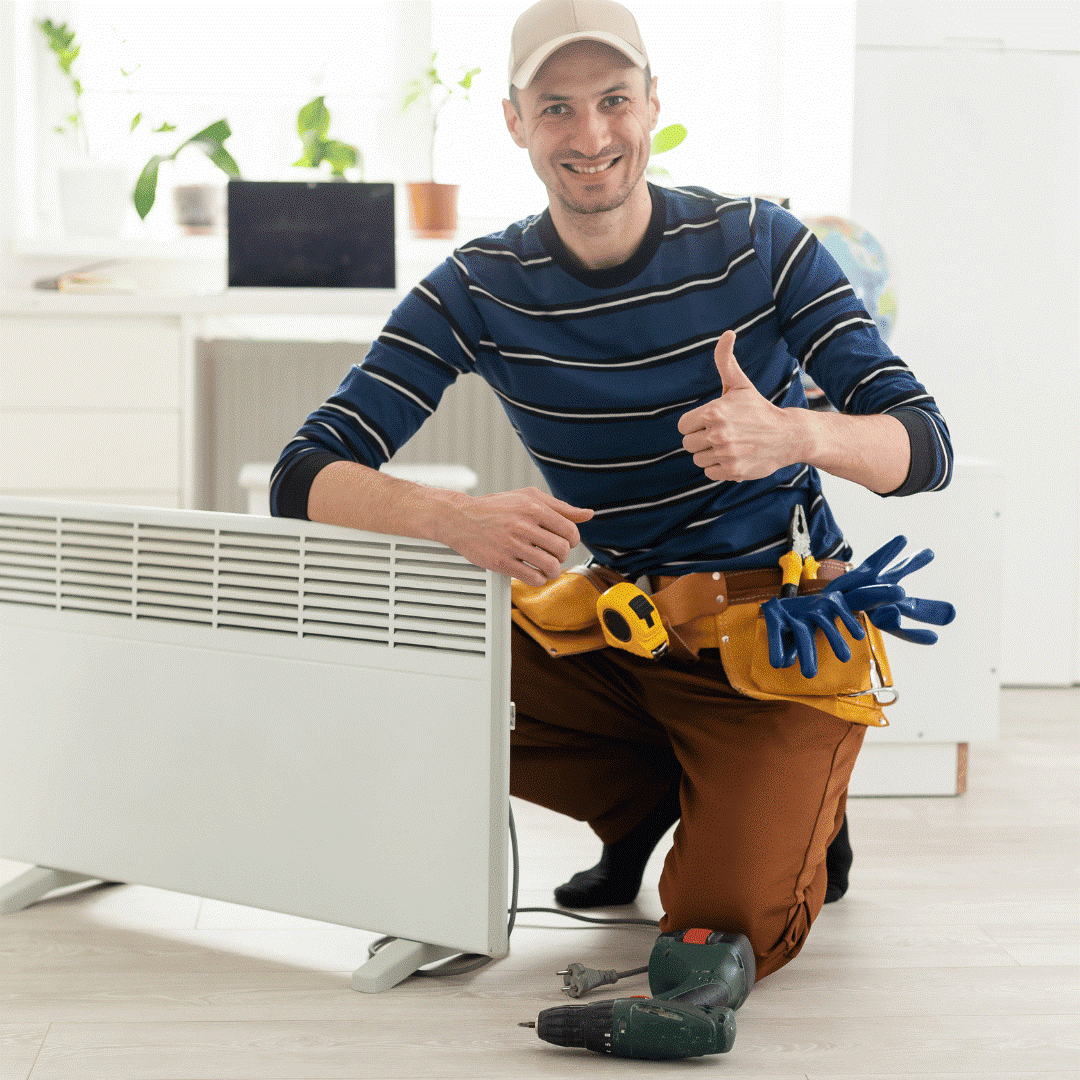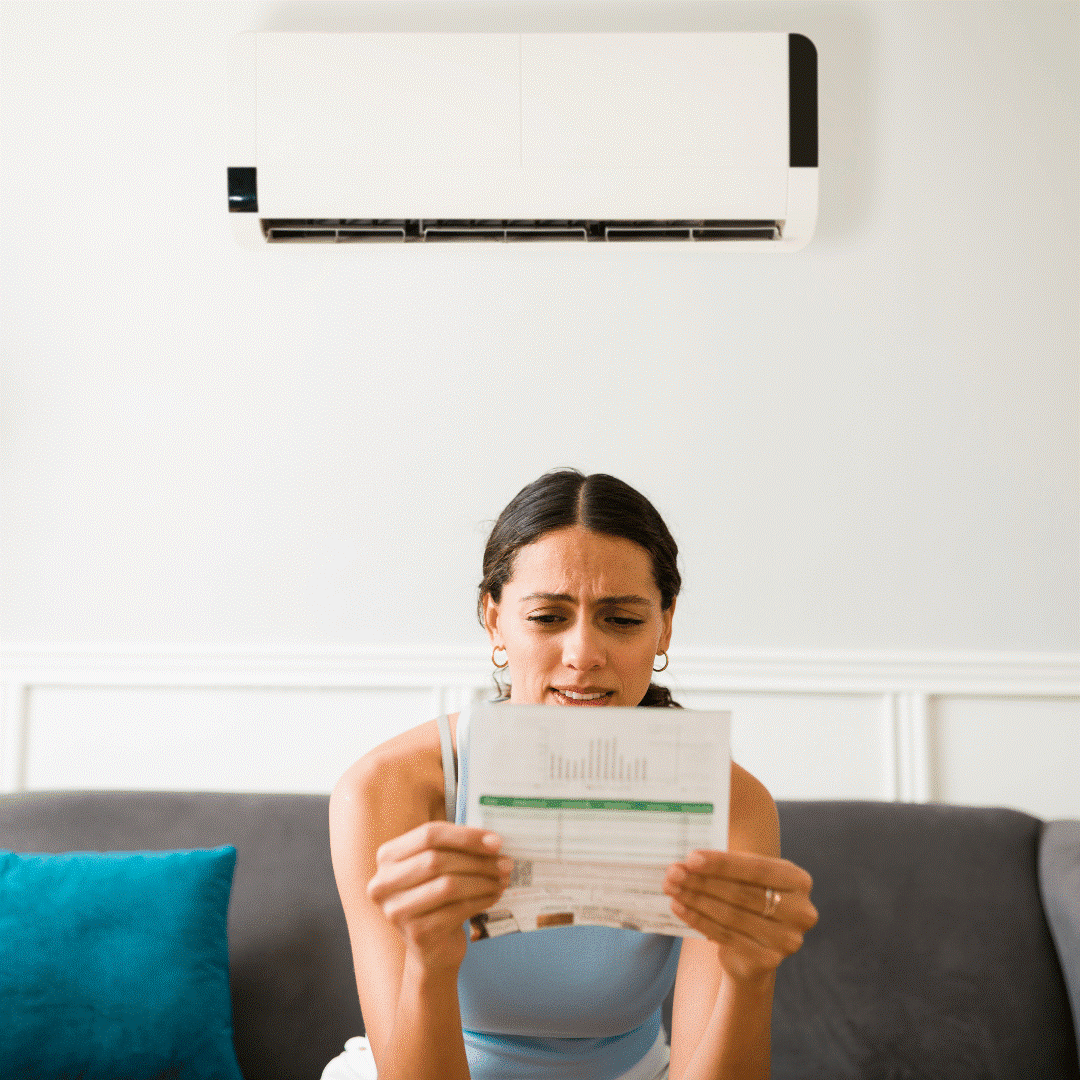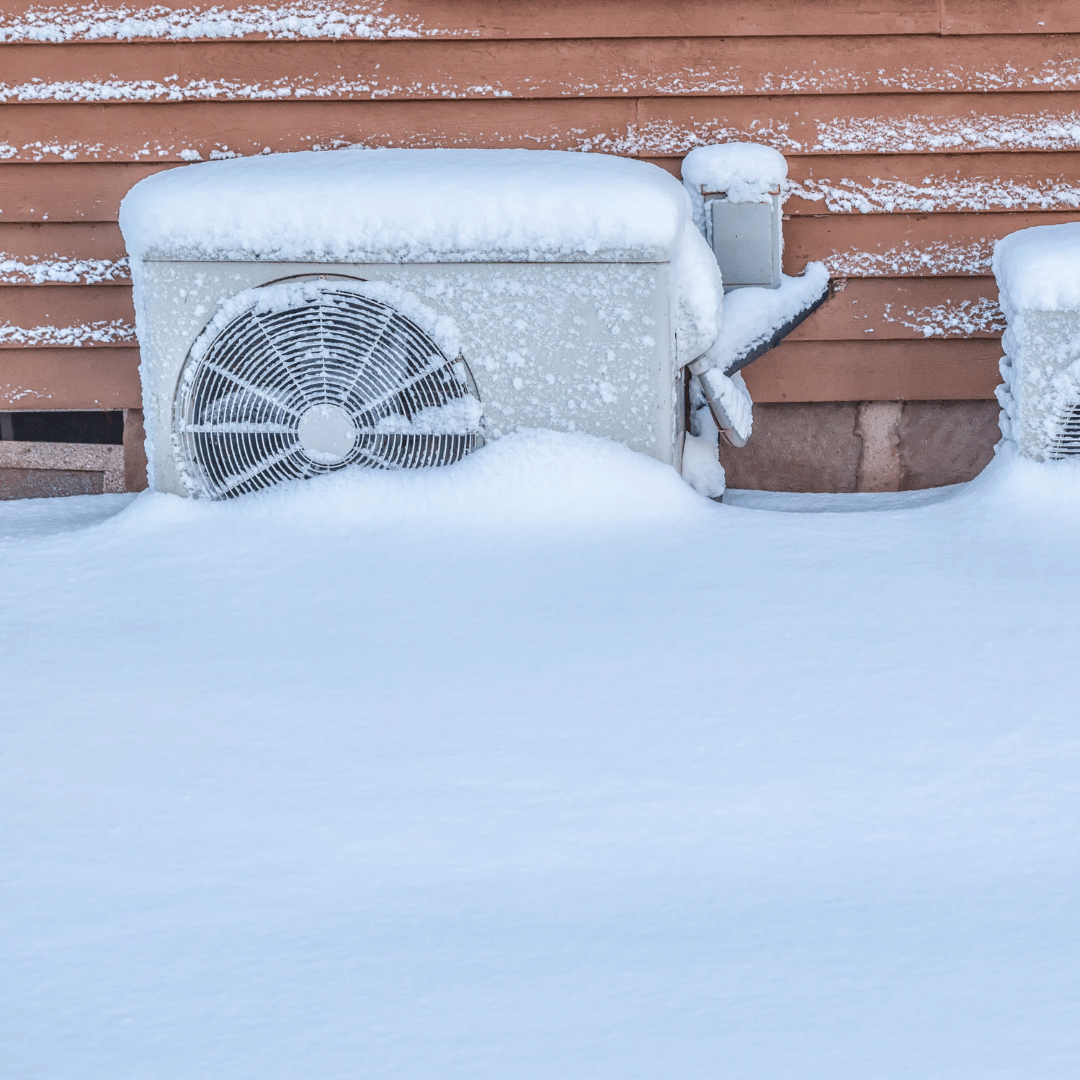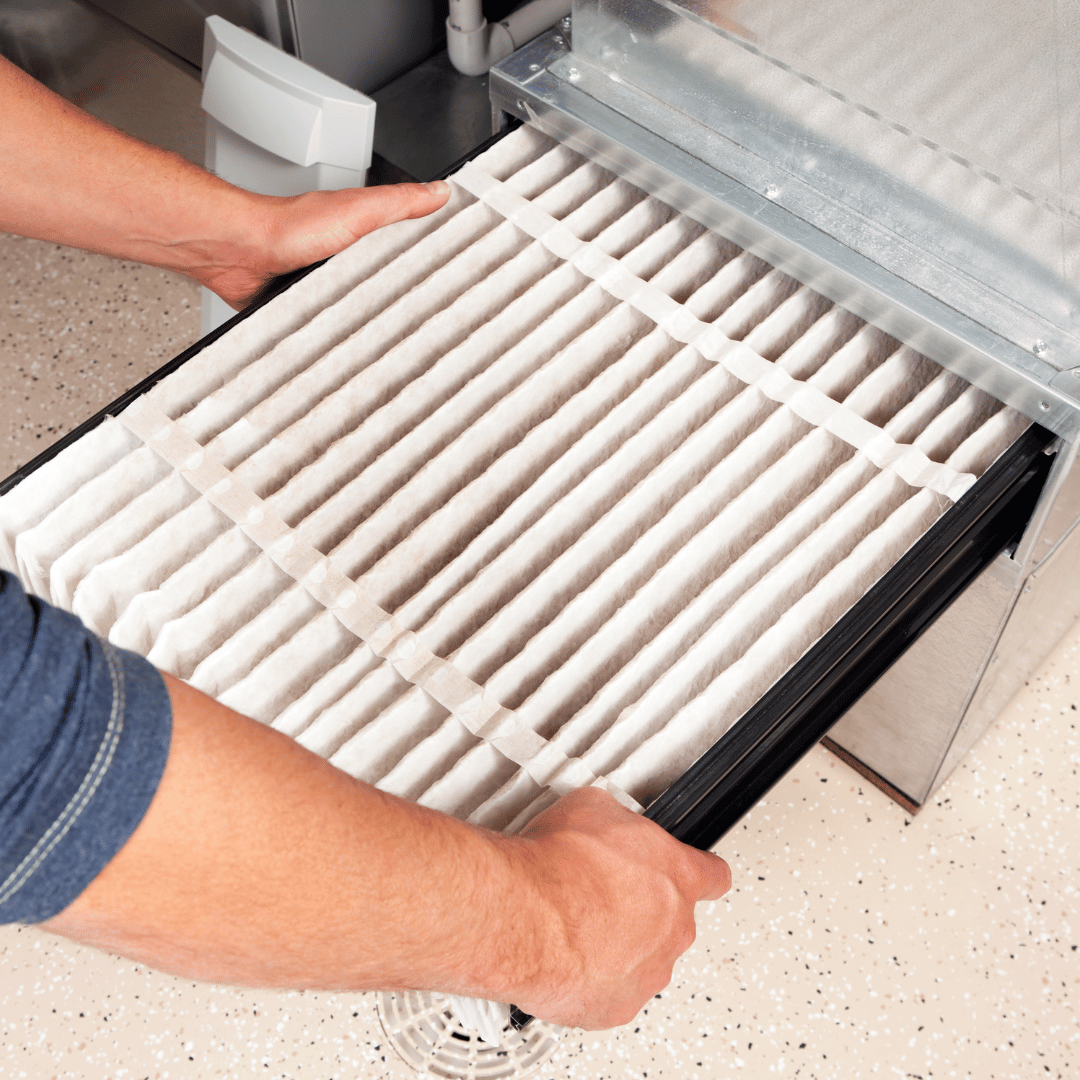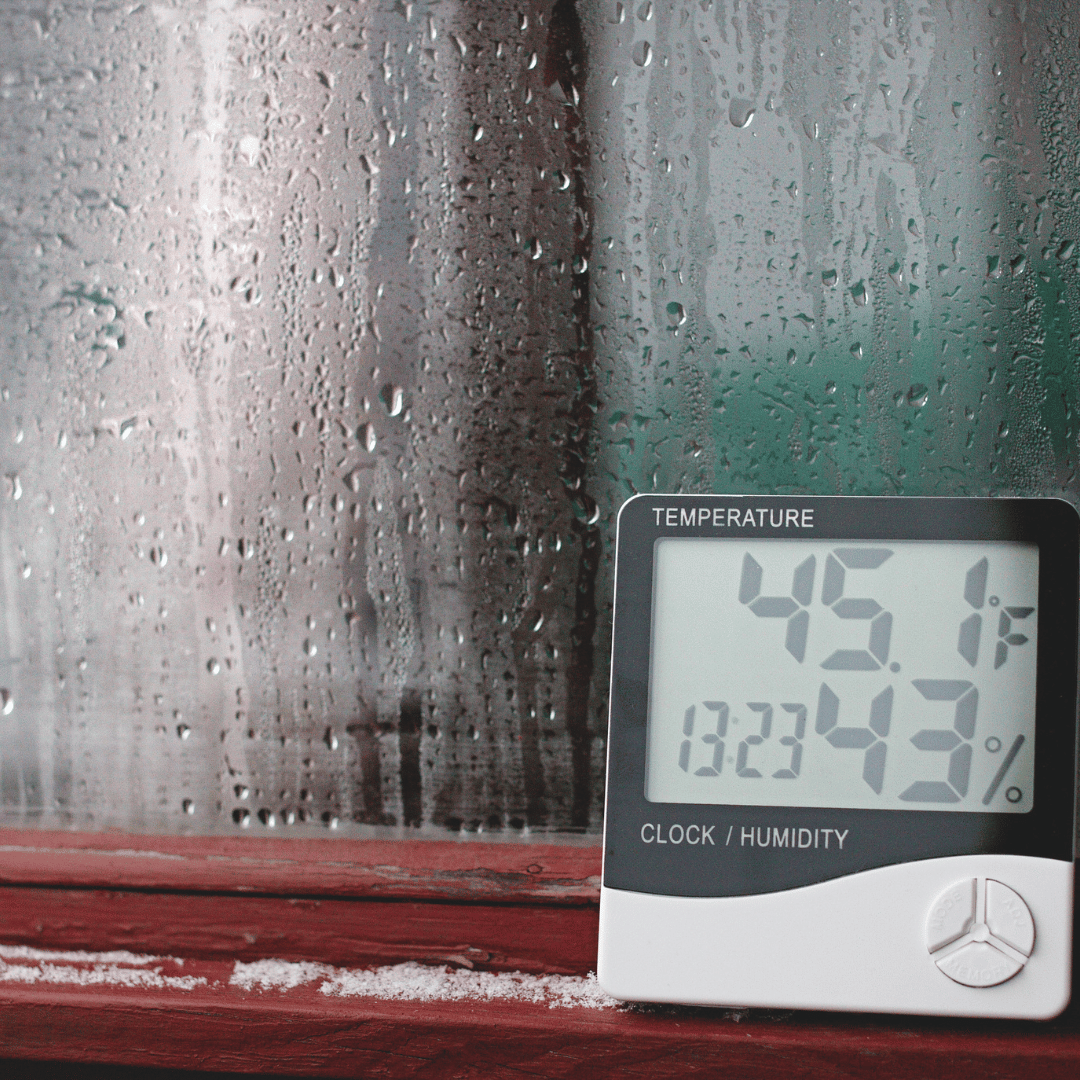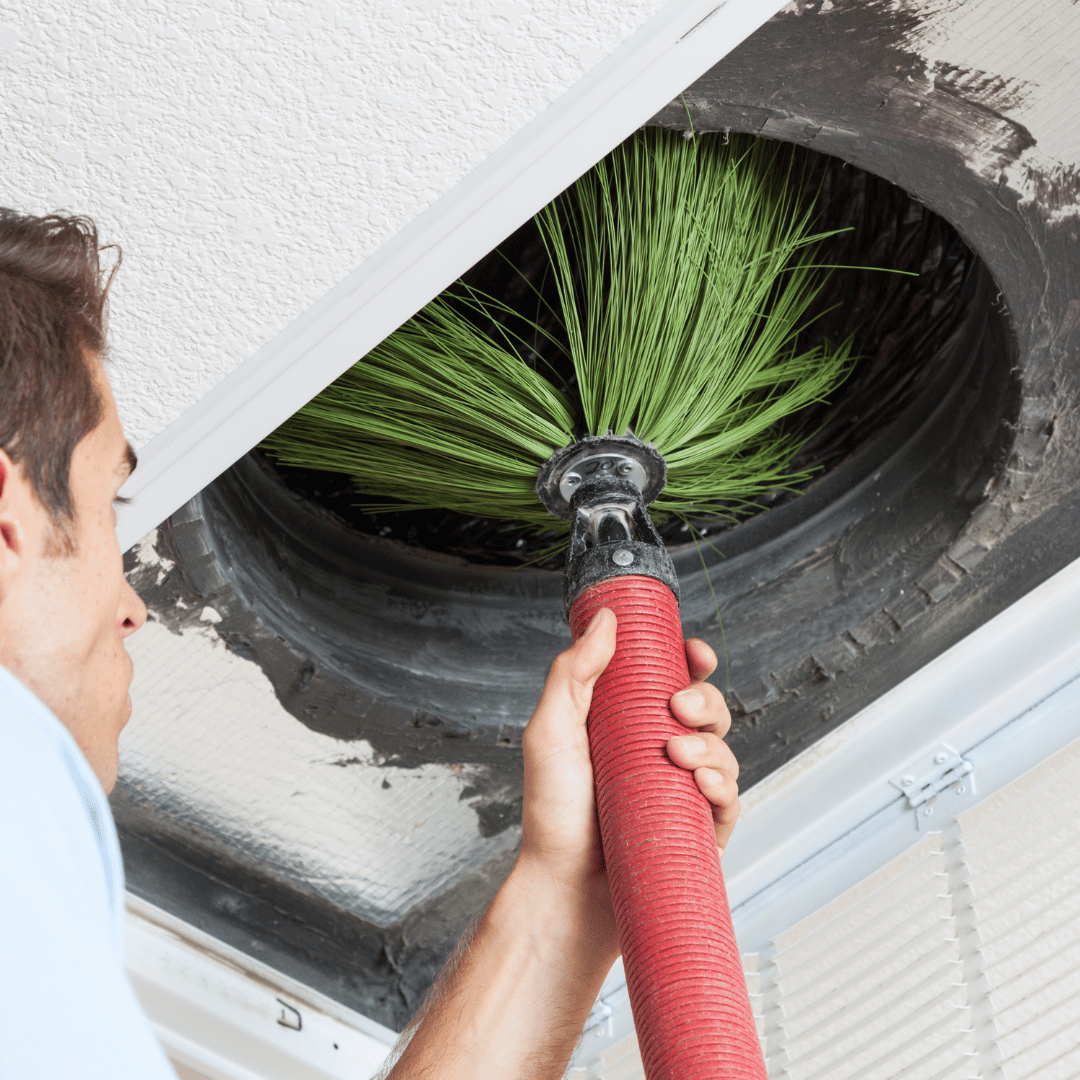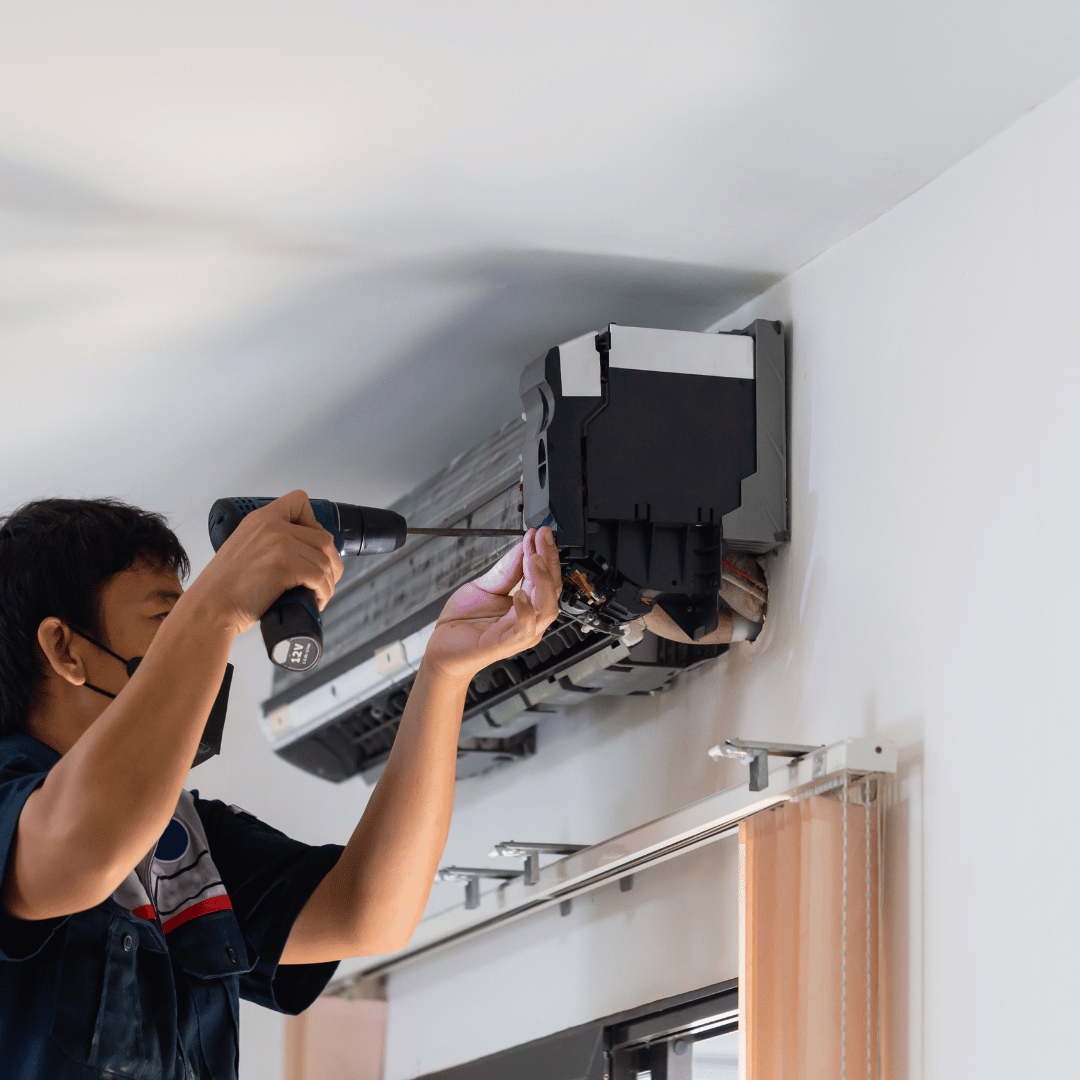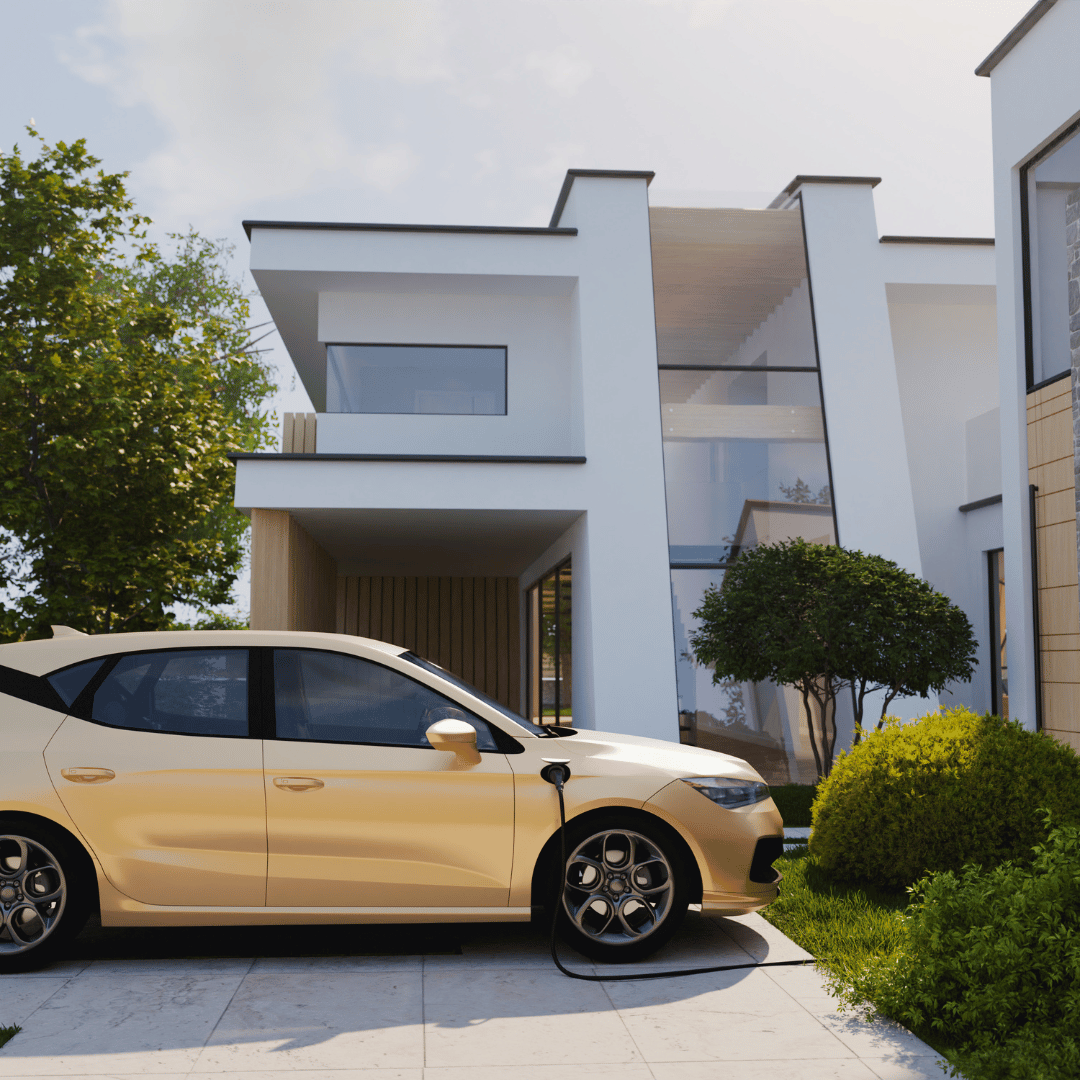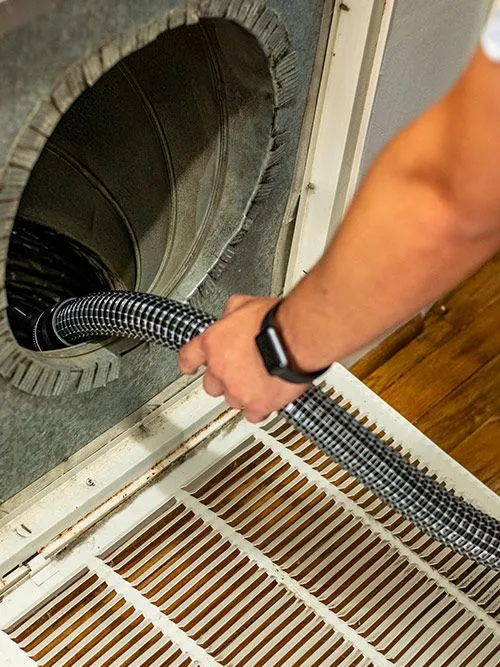The Benefits of Installing a Smart Thermostat
Winter can take a toll on both your home’s heating system and your energy bills. At Salt Air Heating, Cooling & Electrical, we understand the importance of keeping your home comfortable while optimizing energy efficiency. Smart thermostats play a crucial role in enhancing the performance of heating and cooling systems, reducing energy consumption, and improving indoor air quality.
How Smart Thermostats Improve Heating and Cooling Systems
Smart thermostats are designed to optimize the operation of your HVAC system by automatically adjusting temperature settings based on your schedule and real-time conditions. Unlike standard programmable thermostats, many smart thermostats utilize motion sensors, learning technology, and Wi-Fi connectivity to enhance efficiency and reduce energy waste.
Energy Savings and Efficiency
One of the key benefits of smart thermostats is their ability to improve energy efficiency. By automatically changing thermostat settings based on occupancy and external weather conditions, these devices help reduce energy bills and optimize heating and cooling cycles. Studies show that smart thermostats reduce unnecessary energy consumption, leading to significant savings over time.
Indoor Air Quality and Comfort
Maintaining proper indoor air quality is essential during the colder months when homes are sealed tightly to retain warmth. Smart thermostats work seamlessly with HVAC systems to ensure that air circulation remains consistent, preventing air stagnation and improving overall comfort. Additionally, by helping regulate humidity levels, smart thermostats contribute to healthier indoor environments.
Tracking Energy Usage and Smart Reports
Many smart thermostats provide real-time energy usage reports, giving homeowners valuable insights into their heating and cooling patterns. These reports help identify areas where energy can be saved and offer recommendations for improved efficiency. By understanding how smart thermostats influence your home’s climate control, you can make informed decisions to further reduce consumption and lower utility bills.
Enhancing HVAC System Performance
A well-maintained HVAC system is essential for consistent comfort. Smart thermostats help extend the life of heating and cooling systems by preventing excessive wear and tear. By reducing the frequency of sudden temperature changes and ensuring optimal thermostat settings, these devices contribute to more efficient system performance and reduced maintenance costs.
A Sustainable Approach to Home Comfort
Incorporating smart thermostats into your home aligns with energy-saving initiatives and environmental sustainability. With features like geo-fencing, remote access, and automation, smart thermostats help households reduce their carbon footprint while enjoying maximum comfort.
How to Choose a Smart Thermostat for Your Home
Choosing the right smart thermostat can feel overwhelming with so many options. To decide, consider these key factors:
● Compatibility: Not all thermostats work with every HVAC system. Check if it supports your system, like heat pumps or multi-zone setups.
● Ease of Use: Look for a user-friendly interface with features like touchscreens, voice control, or simple programming.
● Room Sensors: Some models include sensors to detect temperature variations, ensuring even heating and cooling.
● Wi-Fi Connectivity: Wi-Fi-enabled thermostats let you adjust settings remotely via smartphone and integrate with smart home devices.
● Energy Efficiency: Many thermostats learn your schedule and adjust automatically to save energy. Features like motion sensors, geofencing, and energy reports can help lower bills.
By considering these factors, you can find a thermostat that boosts comfort, saves energy, and works seamlessly with your HVAC system.
Stay Comfortable This Winter with Salt Air Heating, Cooling & Electrical
At Salt Air Heating, Cooling & Electrical, we specialize in maintaining heating and cooling systems for peak performance. Whether you're looking to improve energy efficiency, enhance indoor air quality, or optimize climate control, our team is here to help.
